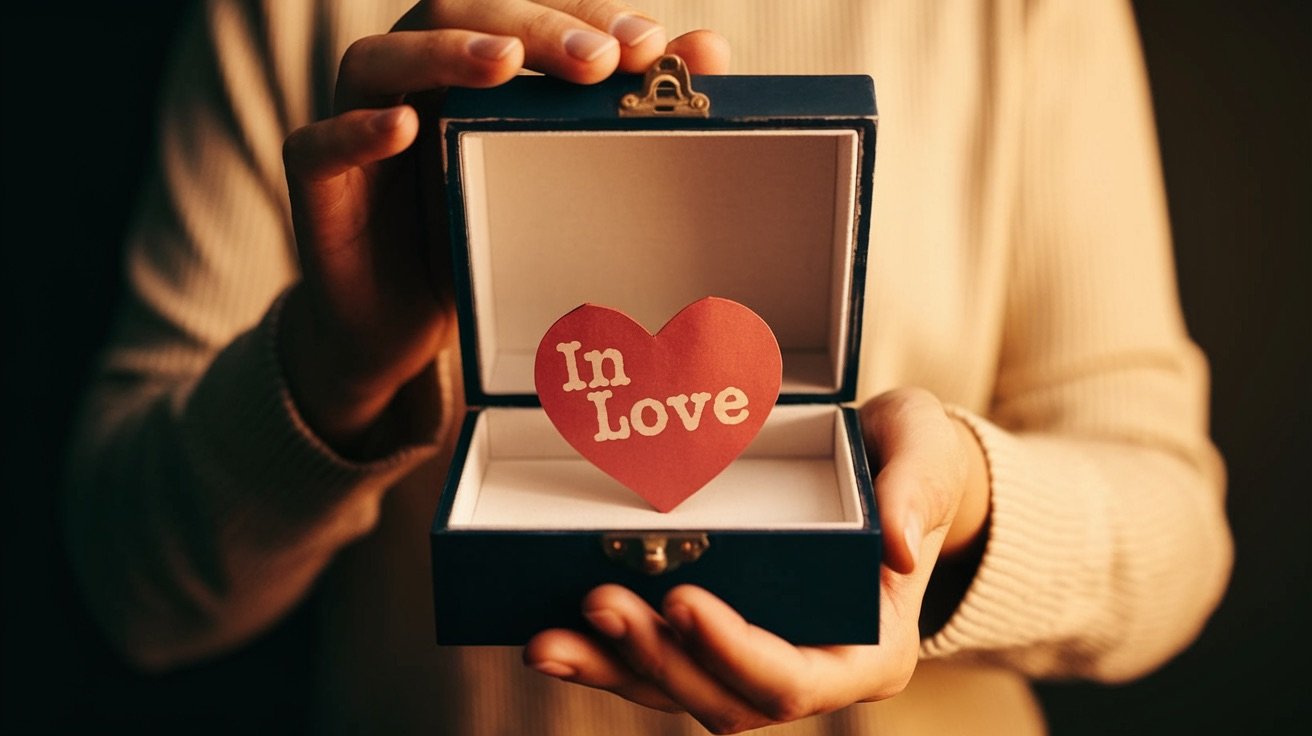Discover the truth about one of the most misunderstood aspects of love. Are you truly in love, or do you just love them? Unravel the mystery as we dive into expert insights, clear up the confusion, and help you understand your own heart. Stay tuned, because what you learn could change your love life forever!
The Science of Falling in Love: A Chemical Rollercoaster
Understanding the Love Hormones: Dopamine, Oxytocin, and Serotonin
The intense feelings of being in love aren’t just in your head—well, actually, they are, but in a very literal sense! When you fall in love, your brain is flooded with a cocktail of chemicals. Dopamine, often called the “feel-good” hormone, surges, giving you that blissful high. Oxytocin, known as the “cuddle hormone,” promotes bonding, making you feel closer and more connected to your partner. And let’s not forget serotonin, which helps regulate mood, often contributing to that lovestruck daze.
These chemicals create a euphoric state, making the early stages of love feel like you’re on top of the world. However, this chemical high is as fleeting as it is intense. The brain eventually normalizes these levels, leading to a less intense, but often deeper, emotional connection.
The Evolutionary Purpose of Love
Falling in love isn’t just about the heart—it’s about survival. From an evolutionary perspective, love plays a crucial role in ensuring the continuation of our species. The intense feelings associated with being in love encourage pair bonding, which is essential for raising offspring. In other words, love is nature’s way of keeping us together long enough to reproduce and care for our young.
Our brains are wired to fall in love because it helps us create strong bonds with a partner, increasing the likelihood of raising healthy offspring. This evolutionary drive explains why being in love can feel so urgent and all-consuming—it’s literally in our DNA.
“Explore the deep meanings behind dreaming of your soulmate and what it reveals about your connection.”
What Does It Mean to Be ‘In Love’? The Intensity of Early Romance
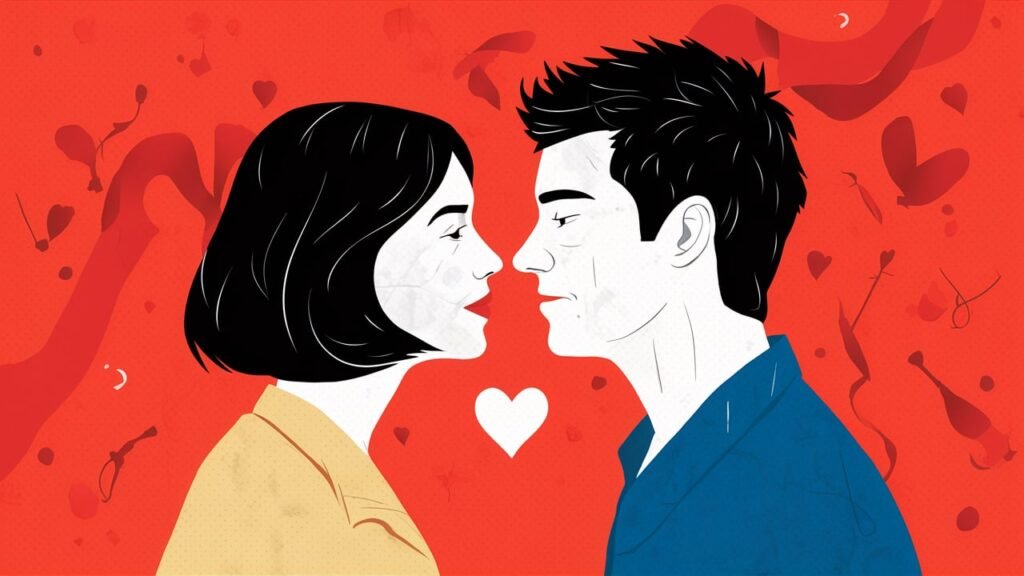
Passion vs. Infatuation: The Fine Line
Passion is the fire that fuels the excitement of new relationships, but it can also be mistaken for infatuation. Being in love often involves a whirlwind of emotions—desire, longing, and a deep attraction to your partner. But here’s the catch: passion, on its own, is not enough to sustain a relationship.
Infatuation, often mistaken for true love, is intense but short-lived. It’s that all-consuming feeling where you can’t stop thinking about the other person. However, it lacks the depth that comes with truly knowing and accepting your partner for who they are.
The Allure of the New: Why Being in Love Feels So Good
There’s something undeniably exciting about the beginning of a new relationship. The thrill of discovery, the novelty of getting to know someone, and the endless possibilities create a rush that’s hard to resist. This is why being in love feels so exhilarating—it’s new, it’s fresh, and it’s full of potential.
However, this allure can also cloud your judgment. The excitement of being in love often leads to idealization, where you see your partner as perfect. It’s easy to overlook flaws and red flags during this phase, but as the relationship progresses, reality sets in.
The Downsides of Being in Love
As thrilling as it is, being in love can also be emotionally exhausting. The highs are high, but the lows can be equally intense. You might feel elated one moment and anxious the next, constantly wondering where the relationship is heading.
This emotional instability is one of the downsides of being in love. The fear of losing the person or the relationship not working out can lead to overthinking and insecurity. It’s important to recognize these feelings and understand that they are a normal part of the process.
“Find out the crucial signs that indicate your partner might not be ‘The One’ you’ve been searching for.”
Loving Someone: The Deep, Enduring Bond
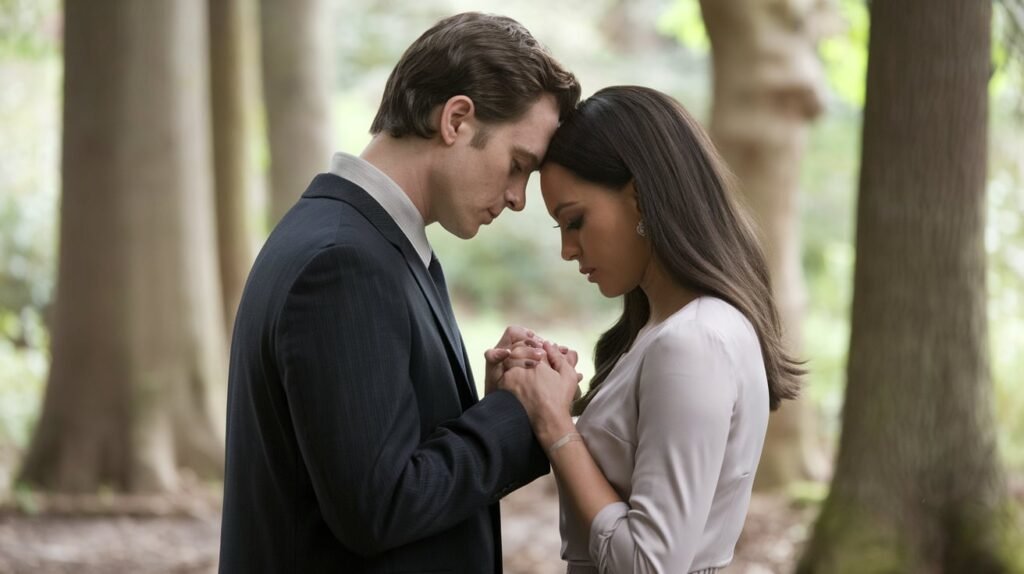
Building Emotional Intimacy Over Time
While being in love is intense, loving someone is deep. Emotional intimacy is the foundation of true love, built slowly over time. It’s about more than just physical attraction—it’s about knowing your partner on a deeper level, sharing your hopes, dreams, and fears with them.
Building emotional intimacy requires vulnerability and trust. It’s about creating a safe space where both partners feel understood and accepted. This level of connection goes beyond the surface, making the relationship stronger and more resilient.
Commitment: The Cornerstone of Loving Someone
Commitment is what separates being in love from truly loving someone. While passion can fade, commitment keeps the relationship going. It’s about choosing to stay with your partner, even when the initial excitement has worn off.
Loving someone means making a conscious decision to support and stand by them through life’s ups and downs. It’s about long-term planning, setting shared goals, and working together to build a future. This kind of love is stable and enduring, providing a sense of security that being in love often lacks.
Nurturing Love: How to Keep the Flame Alive
Even though loving someone is more about stability, it doesn’t mean the romance has to die. It’s possible to keep the flame alive by continually investing in the relationship. Small gestures of affection, thoughtful surprises, and regular quality time can keep the spark alive.
Growth is also essential in a loving relationship. As individuals and as a couple, it’s important to keep evolving. Whether it’s learning new things together, overcoming challenges, or setting new goals, continued growth keeps the relationship dynamic and exciting.
“Learn how to navigate the painful situation when your soulmate doesn’t seem to reciprocate your love.”
Key Differences Between Being in Love and Loving Someone
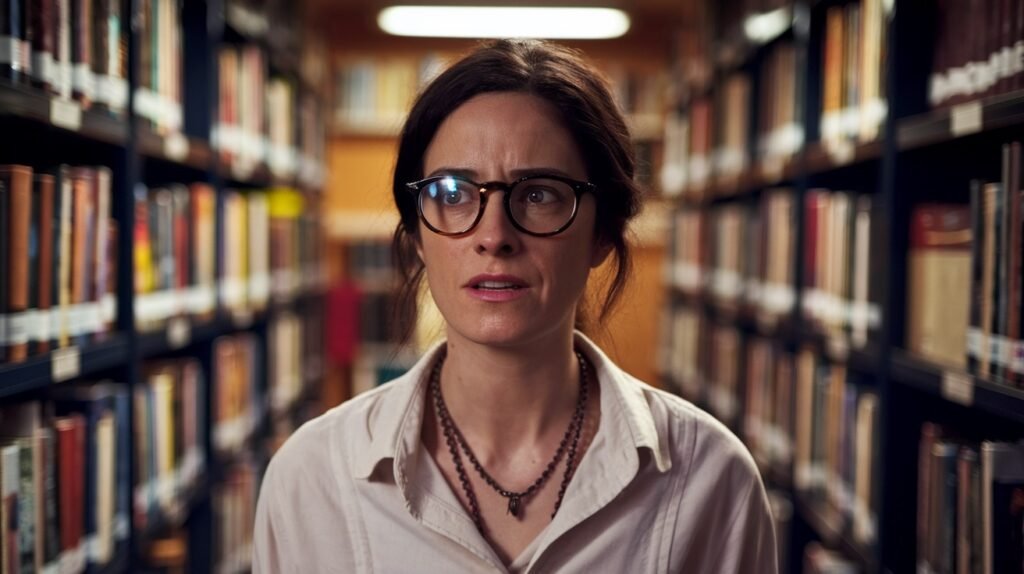
Emotional Patterns: Stability vs. Instability
One of the key differences between being in love and loving someone lies in emotional stability. Being in love is often characterized by emotional highs and lows. You might feel euphoric one moment and insecure the next, unsure of where the relationship stands.
In contrast, loving someone brings a sense of emotional stability. The relationship feels more balanced, with fewer extreme ups and downs. This stability allows for deeper emotional connections and a more secure bond between partners.
Future Outlook: Romance vs. Long-Term Partnership
When you’re in love, the focus is often on the present—enjoying the excitement and passion of the moment. Long-term planning might not be a priority, and the future can seem distant and uncertain.
However, loving someone involves looking ahead. It’s about planning for the future together, setting shared goals, and working towards a common vision. While the romance might be less intense, the commitment to building a life together becomes the focal point.
Behavioral Indicators: How to Recognize the Difference
Recognizing the difference between being in love and loving someone can be challenging, but there are some key behavioral indicators. When you’re in love, your actions might be more impulsive, driven by the intense emotions of the moment.
On the other hand, when you love someone, your actions are more thoughtful and deliberate. You prioritize your partner’s well-being, consider their feelings in your decisions, and work together to overcome challenges. This shift from impulsive to deliberate actions is a sign that your relationship is evolving.
“Discover 50 amazing gift ideas that will make your soulmate feel cherished and loved.”
How Experts Define and Distinguish Between Love and Being in Love
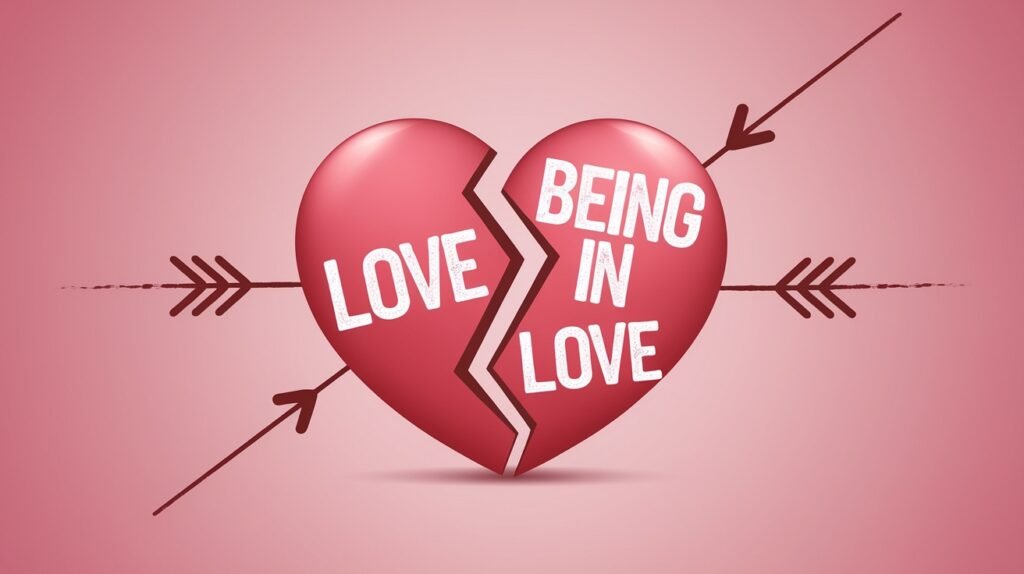
Psychological Insights: What the Experts Say
Psychologists often distinguish between being in love and loving someone by looking at the emotional and psychological aspects of each state. Being in love is often seen as an emotional high, driven by passion and infatuation. It’s a state of emotional intensity that can be overwhelming and exhilarating.
In contrast, loving someone is viewed as a more stable and enduring state. It’s about deep emotional connections, mutual respect, and long-term commitment. Experts suggest that understanding these differences can help individuals navigate their relationships more effectively.
The Evolution of Relationships: From Passion to Deep Love
Relationships naturally evolve over time. The initial passion of being in love often transitions into a deeper, more meaningful love. This evolution is a normal part of a healthy relationship, where the intense emotions of early love give way to a more stable and enduring bond.
Experts advise that this transition should be embraced rather than feared. While the excitement of being in love might fade, the deep connection that comes with loving someone provides a foundation for a long-lasting relationship. By understanding and accepting this evolution, couples can strengthen their bond and create a lasting partnership.
Don’t wait to figure out your feelings. Whether you’re in love or truly loving someone, knowing the difference is crucial for your relationship’s future. Don’t let confusion hold you back—discover the truth today and transform your love life forever!
“End the constant bickering with your soulmate by applying this one simple and effective trick.”
Conclusion
Understanding the difference between being in love and loving someone is crucial for building a lasting relationship. While the initial thrill of being in love is exciting, the deeper connection of loving someone is what sustains a relationship over time.
True love isn’t just a fleeting feeling—it’s a deep, enduring commitment that stands the test of time.
FAQ Section
Q: Can you be in love and love someone at the same time?
A: Yes, it’s possible to experience both states simultaneously. The key is to balance the excitement of being in love with the deeper, more enduring connection of loving someone.
Q: How long does being in love usually last?
A: The initial phase of being in love typically lasts anywhere from a few months to a couple of years. Over time, this intense feeling often transitions into a deeper, more stable love.
Q: What are the signs that I love someone rather than being in love with them?
A: Signs that you love someone include a deep emotional connection, mutual respect, long-term commitment, and a focus on their well-being over fleeting emotions.
Q: Is it possible to fall back in love after years of just loving someone?
A: Yes, it is possible to reignite the feeling of being in love even after years of just loving someone. This often requires intentional effort, rekindling romance, and creating new experiences together to bring back the excitement and passion.
Q: How can I transition from being in love to loving someone?
A: Transitioning from being in love to loving someone involves building emotional intimacy, committing to long-term goals, and developing trust and respect. It’s a natural progression in most healthy relationships as passion transforms into a deeper, more stable connection.
Q: Can a relationship survive without the feeling of being in love?
A: Absolutely. Many successful, long-term relationships are built on the foundation of loving someone rather than the intense emotions of being in love. Stability, trust, and commitment often sustain a relationship when passion fades.
Q: What do experts say about rekindling the passion in long-term relationships?
A: Experts suggest that it’s entirely possible to rekindle passion in long-term relationships by focusing on emotional intimacy, trying new activities together, and keeping the romance alive through small acts of affection and communication.
